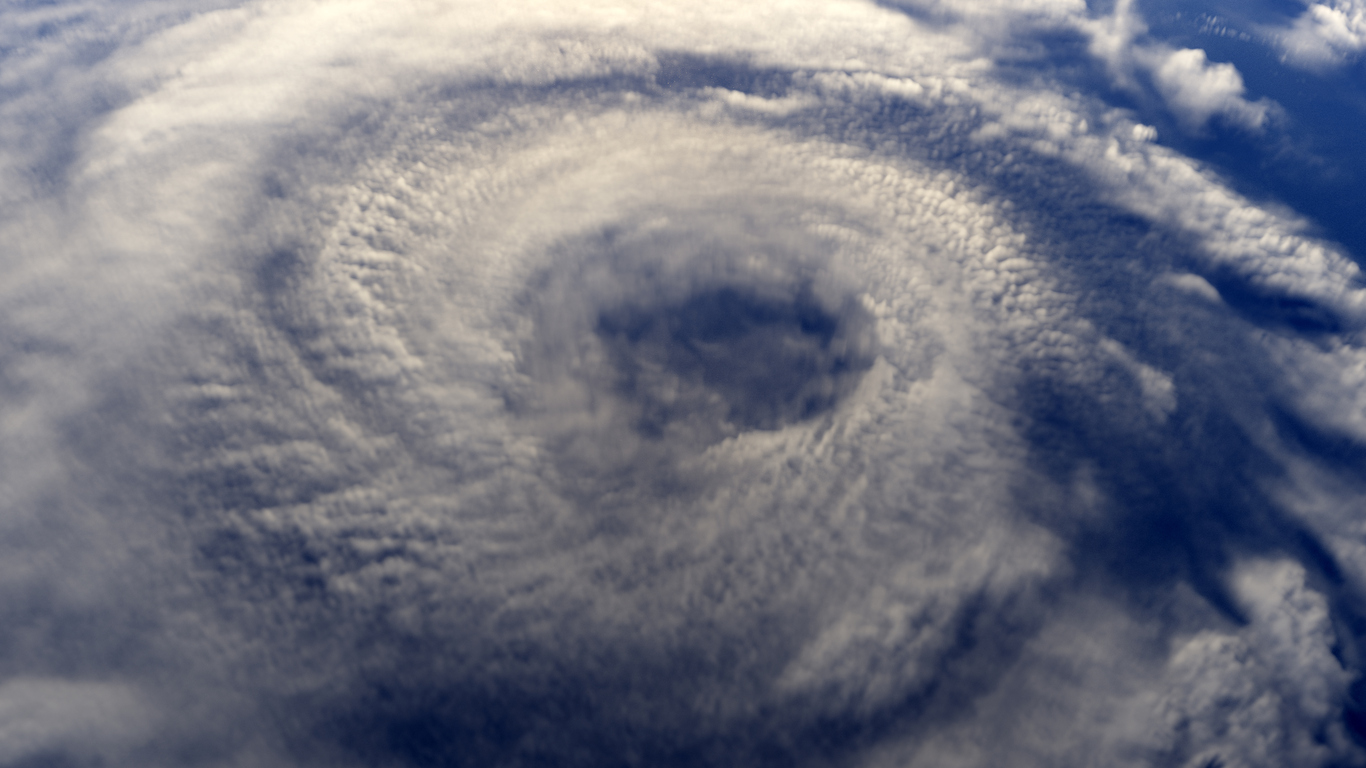The government will probably borrow about $500 million in coming months as it deals with the roughly $3.4 billion in losses and damages from Hurricane Dorian, said K. Peter Turnquest, the Caribbean nation’s finance and deputy prime minister. The government is weighing options for how it will raise the debt, with some combination of an international bond sale and local borrowing likely, he said.
Dorian sat over the Bahamas in early September, killing dozens, causing widespread flooding and ripping apart thousands of homes and businesses. The storm’s aftermath has wrecked the government’s fiscal plans, as it faces a slowing economy and the costs of reconstructing the islands so they can withstand the types of massive storms that have wrought devastation across the Caribbean in recent years.
“In pure dollar terms this is absolutely the worst possible outcome and worst loss that we’ve ever seen,” Turnquest said in a telephone interview. “It is presenting a monumental challenge not only in terms of meeting reconstruction needs and costs but also for rebuilding in a way that is resilient and that will meet the anticipated frequency and severity that is being predicted as a result of this climate crisis.”
The storm destroyed parts of Grand Bahama and Abaco islands, which sit about 100 miles east of Florida in the Atlantic Ocean and make up slightly less than a fifth of the tourism-dependent $12 billion economy. A revenue shortfall of about $230 million for the fiscal year ending June 30 and roughly $300 million in new spending is derailing its plans to cut debt levels.
The country was on a path to reduce debt to 50% of gross domestic product by 2024 from around 59% in 2018 by a steady tightening of budget deficits. Now, deficits are widening, and debt is expected to hover above 60% of GDP until 2024, according to government projections.
Despite the disastrous storm, Bahamas debt returned 16.4% last year, ahead of the Bloomberg Barclays Emerging Markets USD Sovereign index’s 13% return, according to data compiled by Bloomberg.
The government expects “significant progress” in rebuilding damaged areas this year, but it will take about three years before they’re full restored, Turnquest said. Reconstruction spending and inflows from insurance claims should help boost economic growth.
A handful of major foreign investment projects remain on track, including a Disney Island Development Ltd. facility worth between $250 million and $400 million, and one of Carnival Corporation‘s largest cruise ports, planned for Grand Bahama, according to a government economic plan.
Still, the government needs more investment and technical assistance to help it rebuild in a way that makes the islands less vulnerable to future storms, Turnquest said. Among other things, it wants to construct “resilient” infrastructure, renewable energy generation, disaster-resistant shelters, and to implement a payment system that will leave residents less reliant on cash, he said.
“We are looking to the international community not to turn away from this issue but to commit and invest and help us figure this out,” he said.













